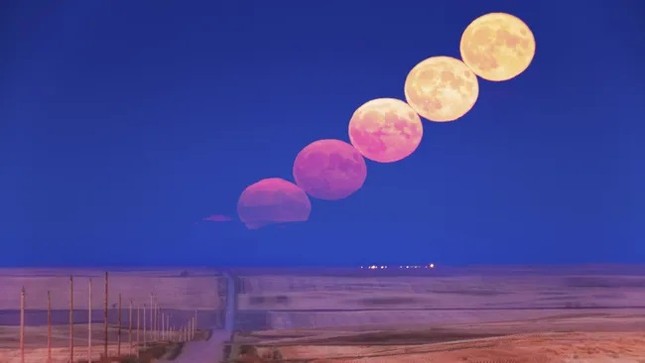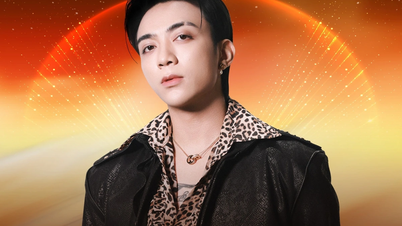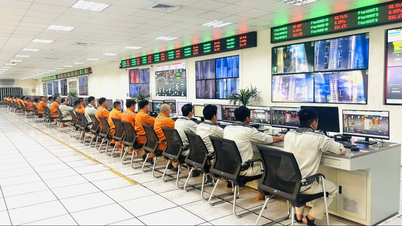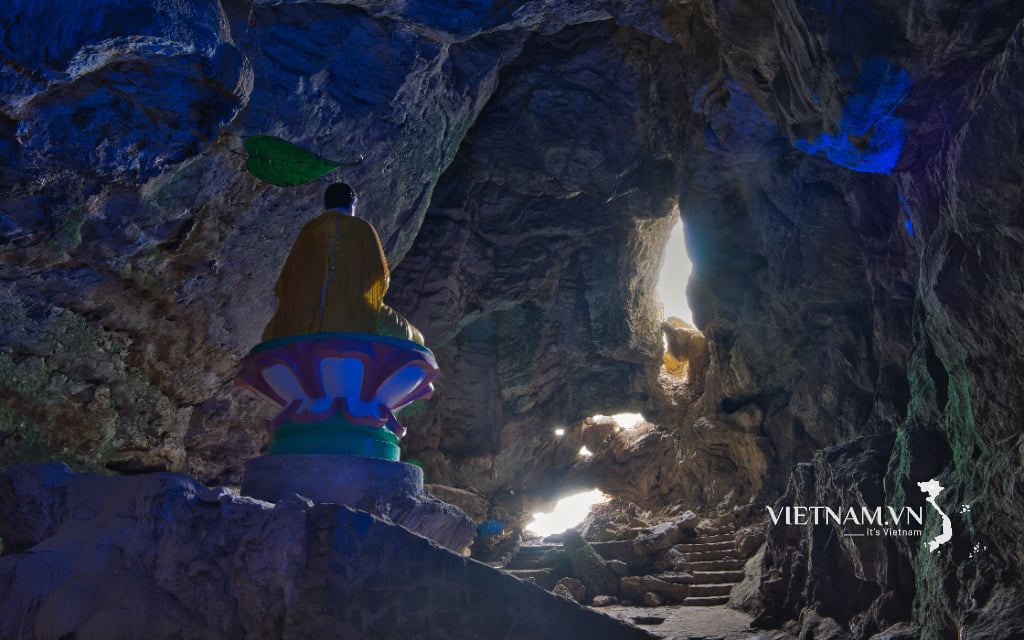TPO - The moon will line up horizontally across the sky soon. This phenomenon occurs every 18.6 years when the moon rises and sets at its most extreme points on the horizon, which are also its highest and lowest points in the sky.
 |
Where the moon rises and sets on the horizon is constantly changing. (Photo: Alan Dyer/Stocktrek Images) |
In addition to the April 8 total solar eclipse and the dazzling aurora borealis, there was another great thing in store for skywatchers this year: the first “moon across the sky” since 2006. During this event, the moon rises and sets at its north and south poles above the horizon, reaching its highest and lowest points in the 18.6-year lunar cycle.
This is possible because the moon does not follow the same path as the sun. Its position on the horizon changes constantly due to the motion of the Earth and the moon. The solar system is flat, with the planets orbiting the sun in the same plane, called the ecliptic.
The moon's orbit is tilted 5.1 degrees to the ecliptic, allowing it to rise and set within a range of 57 degrees in any given month. This explains why the moon can sometimes rise and set at points on the horizon farther north and south than the sun.
A lunar penumbral phenomenon occurs when the tilt of both the Earth and the Moon is at its maximum. During this period, the Moon rises and sets at the extreme points of its range. It rises at its highest point in the northeast and sets at its highest point in the northwest. During this period, it also rises at its most southeast point and sets at its most southwest point.
Lunar eclipses occur at night. The moon that rises furthest to the northeast in the Northern Hemisphere rises higher in the sky and stays in the sky longer. It shines in a significantly different position than when the moon is stationary, when the range of its rise and set is at its narrowest.
On June 21, the sun will rise and set in the extreme northeast and northwest points, while the Strawberry Full Moon will rise and set in the northeast and northwest points.
To see these phenomena, look from the same spot and you will notice a big difference. You don’t need a pair of stargazing binoculars to see this effect, but they can help you zoom in to get the most out of your moon-viewing.
According to Live Science
Source: https://tienphong.vn/mat-trang-dan-hang-ngang-tren-bau-troi-su-kien-18-nam-moi-co-mot-lan-post1647064.tpo


































































































Comment (0)